
Call Today For a Free, No Obligation Quote! 920.685.2499
Mark's Hardwood Flooring uses the finest quality professionally milled three-quarter inch solid hardwood that is tongue and groove not only on the sides, but also on the ends - giving you a proper fit with less future movement problems. This wood is stored in climate-controlled buildings until it is brought to your site.
Wood flooring comes in many different species, both domestic and imported. The species represent different trees that are found in different parts of the country of the world.One key thing to remember here is that red oak found in Tennessee will not necessarily look the same as red oak grown in Kentucky. The reason that this difference is important is because people need to remember that when you are trying to "match" a wood flooring from one area of your house to another - sometimes it is just not possible to have a perfect match.
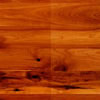
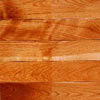
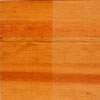

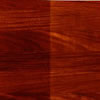
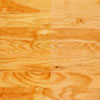
Hardness represents the resistance of wood to wear and marring. It is measured here by the load required to embed a 0.444-inch ball to one-half its diameter in the wood. These figures are to compare the relative hardness of a species only.
Most complaints concerning hardwood flooring are related to changes in the moisture content of flooring and surrounding wood products. When moisture changes are severe, the result can be cracks, movement, cupping, and/or buckling of the flooring. Also, a combination of these results may be present in the same floor.
The following information and comments should help explain some causes of shrinking and swelling, and some of the possible results.
WOOD
is an hygroscopic material. When exposed to air it will dry or pick up moisture until it is
in equilibrium with the humidity and temperature of the air.
MOISTURE
absorption causes wood to swell.
MOISTURE
loss causes wood to shrink.
SHRINKAGE
begins at 25-30% moisture content, the fiber saturation point. Shrinkage continues to 0% moisture content, an oven dry state.
SWELLING
occurs as wood gains moisture. Swelling occurs from 0% ro 25-30% moisture content, the fiber saturation point.
WOOD
does not shrink or swell equally in all directions.
WOOD
changes approximately 0.1% along the grain (longitudinally), 2% to 8% across the grain and across the annular rings
(radially) when quarter sawn, and 5% to 15% across the grain and parallel to the annular rings (tangentially) when plain sawn.
Clear - Free of defects, though it may have minor imperfections.
Select and Better - Almost clear but contains more natural characteristics such as knots and color variations.
#1 Common - Variegated appearance, light and dark colors, knots, flags, and worm holes.
#2 Common - Rustic in appearance and allows all wood characteristics of the species.